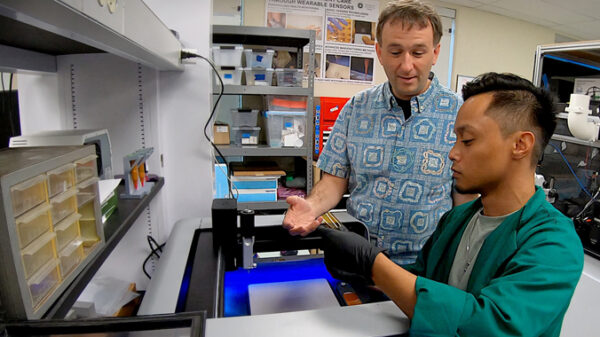Many photographers face a common challenge: despite having visually appealing websites that attract traffic, they struggle to convert visitors into clients. This disconnect often leads to frustration as professionals watch their competitors secure bookings while their own inboxes remain silent. The root of the problem lies in how these websites are structured.
Instead of functioning as a sales funnel, most photography websites resemble art galleries. A gallery passively displays work, waiting for visitors to appreciate it, while a sales funnel actively guides potential clients through a journey towards making a purchase. Understanding this distinction is crucial for photographers who want to enhance their client acquisition process.
Five Essential Elements for Success
A successful photography website is not about showcasing an excessive number of images or having an intricate design. It revolves around implementing five key elements that work together to convert visitors into paying clients.
First and foremost, your website must communicate a clear value proposition. When potential clients land on your homepage, they should instantly know three things: what services you offer, who your target audience is, and your location. This information needs to be prominently displayed at the top of the homepage to ensure it is visible without scrolling. A well-crafted value proposition acts as a filter, attracting the right clients while deterring those who do not fit your ideal profile.
Many photographers inadvertently sabotage their effectiveness by showcasing too broad a range of work. Displaying 200 “good” photos across various categories such as weddings, corporate headshots, or pets can position a photographer as a generalist rather than a specialist. Clients often prefer to hire specialists who can address their specific needs. To counter this, focus your portfolio on the type of work you wish to attract. For example, if you aspire to photograph luxury weddings, your portfolio should exclusively feature images that reflect this niche.
The About page is another critical aspect of your website that deserves attention. Often, photographers fill this space with dull, third-person biographies that fail to resonate with visitors. Instead, your About page should highlight how you solve client problems. Including a professional headshot can also build trust, as potential clients are more likely to connect with someone they can see.
Clear Calls to Action and Pricing Transparency
Effective calls to action (CTAs) are vital for guiding visitors through your website. Each page should end with a clear next step, whether it’s “Book Your Free Consultation” or “Download My Wedding Day Timeline Guide.” These CTAs should be specific, benefit-focused, and positioned at natural conclusion points throughout your site. By eliminating ambiguity, you encourage visitors to take the next step rather than leaving your site without engaging.
Another significant factor in client acquisition is pricing transparency. Photographers often hesitate to display their starting prices, fearing it may deter potential clients. However, posting a simple statement such as “Collections begin at $XXXX” can drastically improve the quality of inquiries. This approach positions you as confident and professional, indicating that you understand your worth. Moreover, it helps prevent wasted time on inquiries from clients who cannot afford your services.
In summary, a successful photography website must incorporate five essential elements: a clear value proposition, a tightly curated portfolio, an engaging About page, effective calls to action, and transparent pricing. If your website lacks any of these components, you may be unintentionally losing clients to competitors who have embraced this sales funnel approach.
Take a moment to assess your website. Does it effectively communicate what you do, who you serve, and where you are located? Are your portfolio images aligned with your desired clientele? If not, consider making adjustments today. By implementing these changes, you can transform your website from a passive gallery into a dynamic tool for generating bookings.
If you would like to learn more about the business aspects of photography, consider reaching out to professionals like Alex Cooke, a photographer based in Cleveland, who offers insights into improving client engagement.





































































